The horse and carriage rides offered at Central Park made headlines once again last week. Nonprofit organization New Yorkers for Clean Livable and Safe Streets (NY-CLASS) unveiled a model electric car as potential replacement for the horse and buggy rides. Supporters of Intro 86, a 2010 City Council bill proposing the gradual elimination the carriages, embrace the idea.
The faux-vintage cars proposed by NY-CLASS aim to reinvent the feel of classic New York City for tourists without the use of animals. Each car holds up to six people with rates comparable to those of the carriage rides.
The carriage rides have been a big money maker for the city—tourists pay the average rate of $100 for a 45-minute tour of Central Park. Just last month, a makeshift website sold carriage rides at exaggerated prices in attempts to capitalize on the popularity of the city-run carriages. As holiday season approaches, drivers worry that NY-CLASS’s efforts and unfair competition will hinder their busy season.
Many national organizations and animal rights activists embrace the electric car proposal, questioning the horses’ living conditions and capacity to work. The Horse and Carriage Association of New York remains weary of the legislation and maintain they take proper care of their animals.
See photos below for more on the controversy.
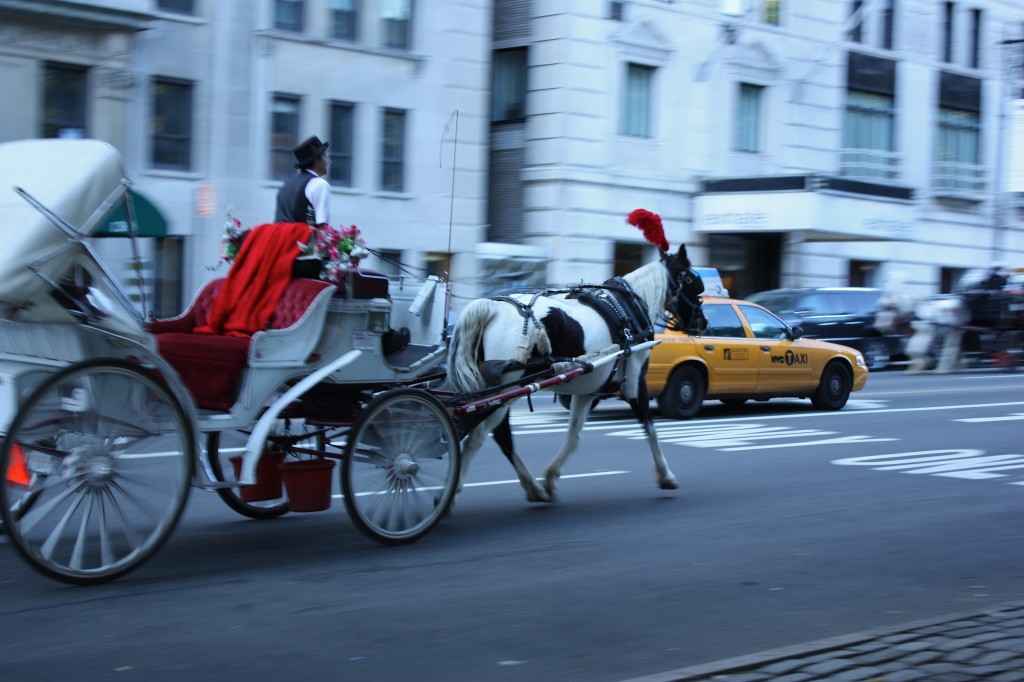
On October 16th, a horse and carriage driver heads west on 57th Street. Each morning, 204 drivers circle in and around Central Park to sell carriage tours. Many come from Clinton Hill Stables on West 52nd Street, the closest stable to the park.

A driver schmoozes with tourists after arriving at Central Park South. Once they get customers, drivers move their horses down 57th Street to the park’s 6th Avenue entrance. Animal rights activists-- like actress Lea Michele--oppose the rides. Michele joined NY-CLASS to encourage “more humane options” for the city’s tourism industry.
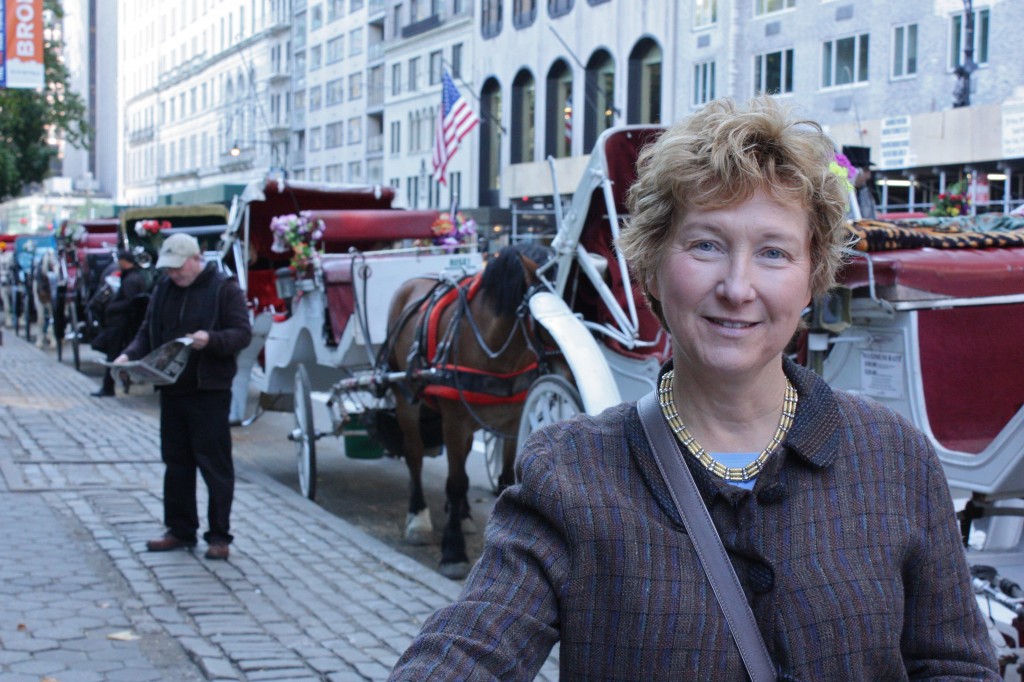
“People say it’s inhumane but I’m sure the drivers treat their horses ok,” said Mary Quandt of Saratoga Springs. Quandt frequently visits Manhattan with her family and supports the horse and carriage rides. “It’s how they make their living,” said Quandt of the carriage drivers.
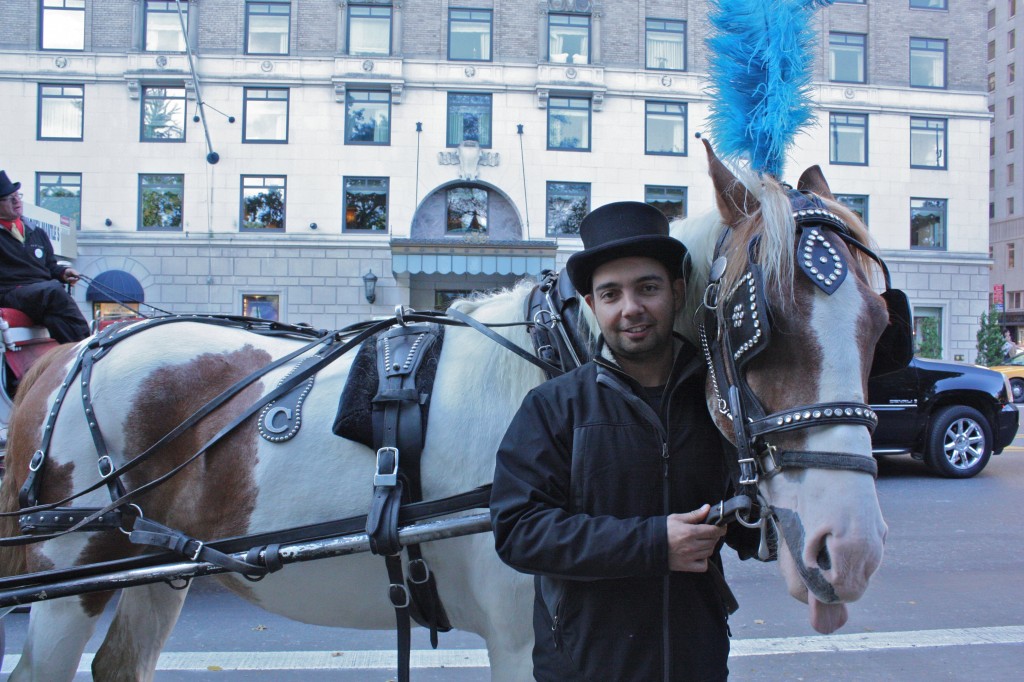
Sammy, a driver for two years, doesn’t feel threatened by NY-CLASS’s proposal. “They’ve been saying that for five years already,” he said. Nonetheless, carriage drivers have a lot at stake should Intro 86 pass. Upset with recent press coverage, other drivers around the park declined to comment.
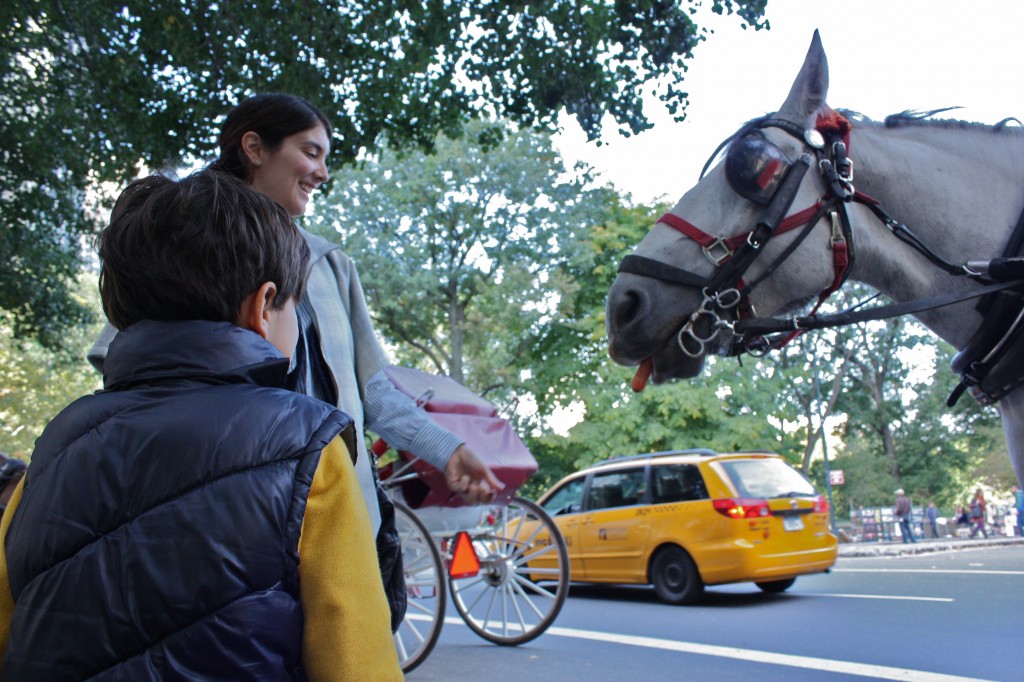
An Upper East Side mom and her son feed a carrot to a carriage horse before taking a ride. Not everyone around Central Park gets as much enjoyment from the horses.
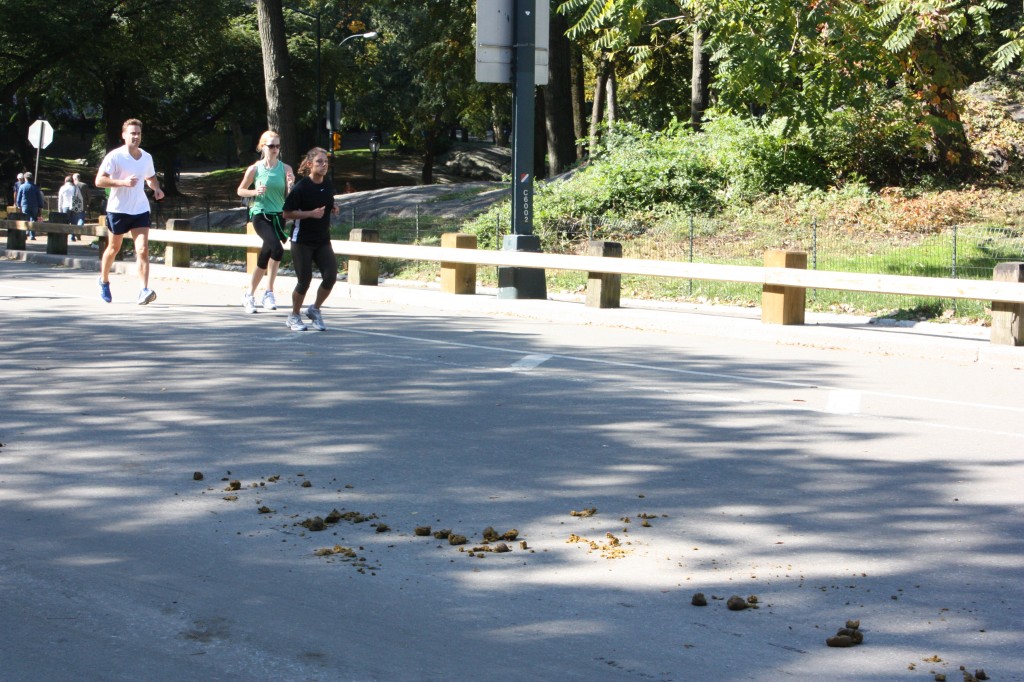
While Central Park draws millions of tourists each year, locals and exercise junkies frequent the park as well. The smell and mess left by the horses further justifies the electric car proposal by NY-CLASS to eliminate the carriages.
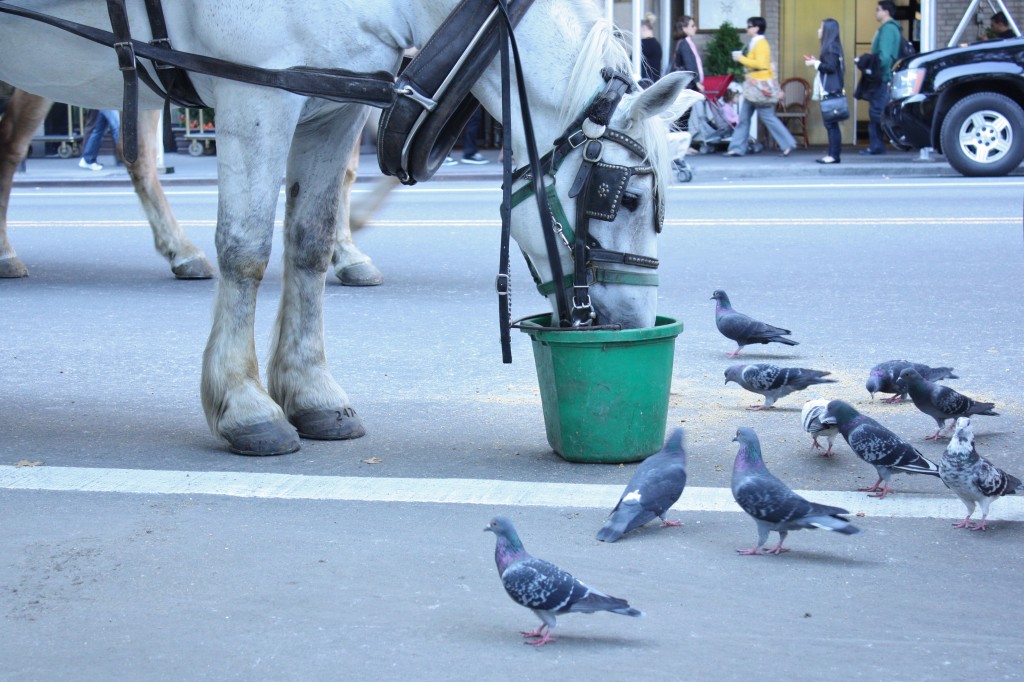
A carriage horse takes an hourly, 15-minute water break as required by law. The ASPCA argues that horses should be free to graze—not tied to rigid drinking schedules and dodging pigeons for food. They claim some drivers deny their horses these breaks during heavy tourist seasons.
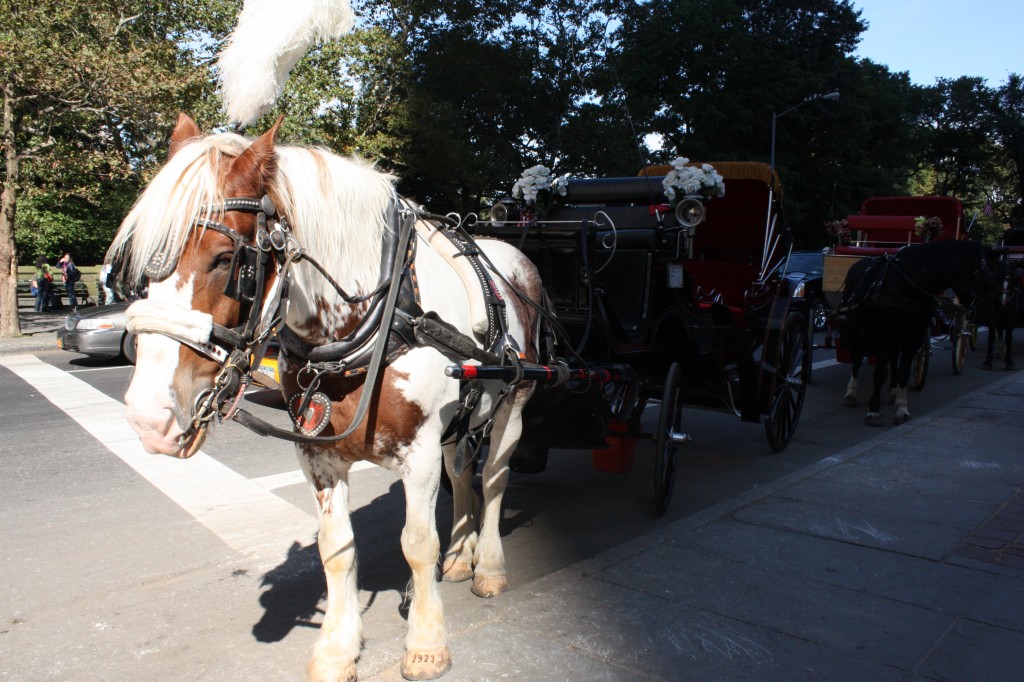
NY-CLASS argues that the carriage rides further violate animal rights. Since three horses died in a 1988 heat wave, the city prohibits drivers to take horses out in temperatures above 90 degrees and below 18 degrees. Still, horses work long hours-- nine hours a day, seven days a week.

A carriage driver heads into Central Park. Whether or not they violate animal rights and if they’re uniquely valuable to NYC tourism seems like an endless debate. NY-CLASS hopes to end it for good this time around.
